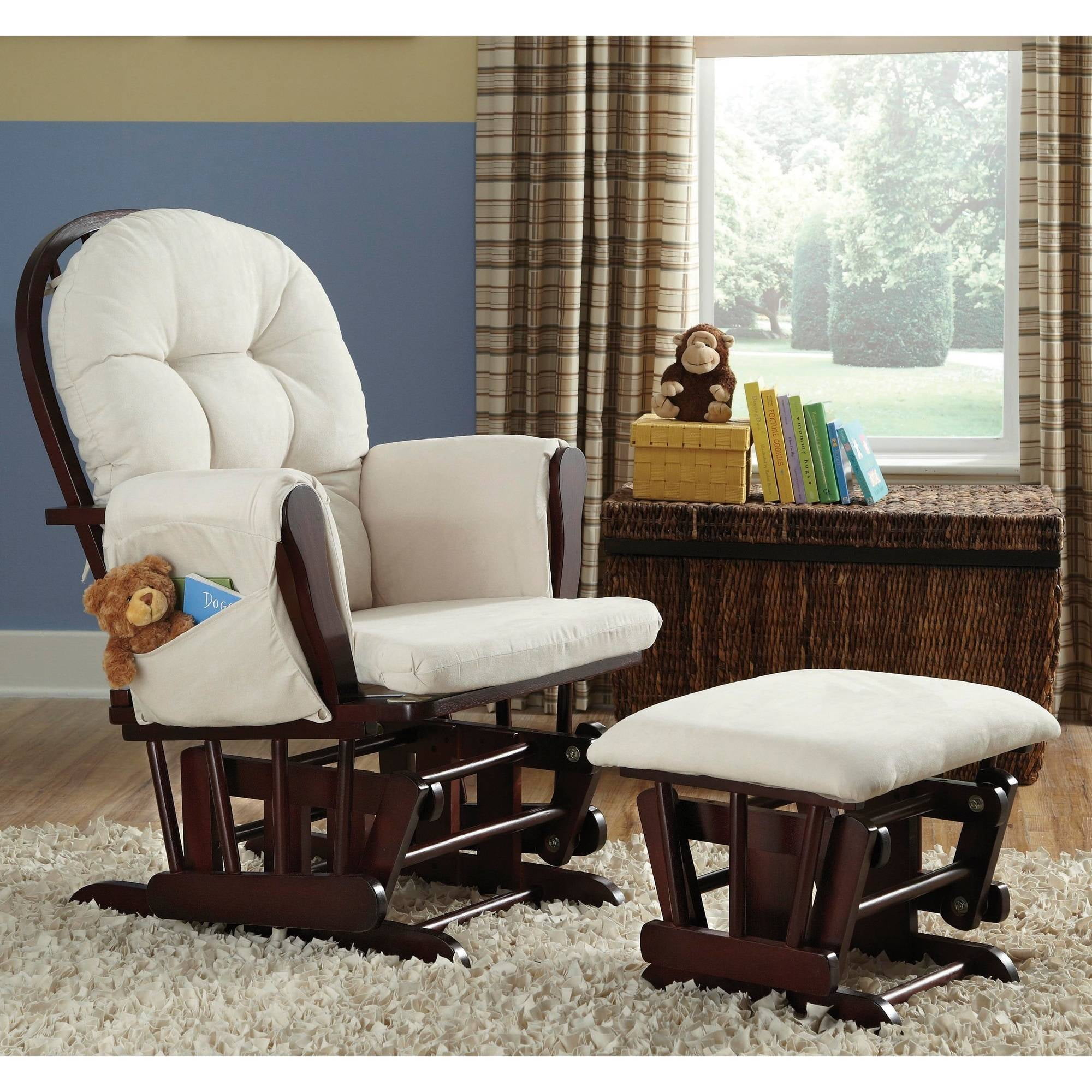Practical Aspects and Usage of White Wicker Rocking Chairs in Nurseries: White Wicker Rocking Chair For Nursery

White wicker rocking chairs offer a charming and seemingly practical addition to a nursery, but their suitability depends on several factors. This discussion will explore the practical advantages and disadvantages of using this type of chair for feeding, soothing, and bonding with a baby, considering both parental and infant comfort. We’ll also delve into the crucial aspects of maintenance and hygiene to ensure the chair’s longevity and the baby’s safety.
Comfort and Ergonomics for Parent and Child
The comfort and ergonomics of a white wicker rocking chair significantly impact its usability. While the gentle rocking motion can be soothing for both parent and baby, the comfort level depends heavily on the chair’s design. Some wicker chairs offer excellent back support and a wide, comfortable seat, promoting good posture and reducing strain during extended feeding or soothing sessions. However, others may lack sufficient padding or lumbar support, potentially leading to discomfort for the parent. The baby’s comfort is also crucial; a firm, supportive seat is essential to prevent slouching and ensure proper head and neck support. The breathability of wicker can be advantageous in warmer climates, but it might offer less insulation than upholstered chairs in colder environments. Consider the chair’s overall dimensions to ensure it comfortably accommodates both the parent and the baby, allowing for easy access and a secure hold.
Cleaning and Maintenance of White Wicker Rocking Chairs
Proper cleaning and maintenance are essential to prolong the life of a white wicker rocking chair and maintain a hygienic environment for the baby. The porous nature of wicker requires careful attention to prevent dust and grime buildup.
- Regular Dusting: Use a soft brush or a vacuum cleaner with a brush attachment to gently remove dust and loose debris from the wicker surfaces at least once a week. Pay close attention to crevices and joints where dust tends to accumulate.
- Spot Cleaning: For spills or stains, blot the affected area immediately with a clean, damp cloth. Avoid scrubbing, which can damage the wicker. For stubborn stains, use a mild soap solution and a soft sponge, rinsing thoroughly with clean water afterward. Allow the chair to air dry completely before use.
- Deep Cleaning: Consider a more thorough cleaning every few months, depending on usage. You can use a solution of mild detergent and water, applying it with a soft brush or sponge. Rinse thoroughly and allow to air dry completely in a well-ventilated area. Avoid using harsh chemicals or abrasive cleaners, as these can damage the wicker and its finish.
- Protection: To protect the wicker from excessive wear and tear, consider using a protective spray specifically designed for wicker furniture. This will help repel spills and prevent fading from sunlight.
- Inspection: Regularly inspect the chair for any loose or broken wicker pieces. If any damage is found, contact a professional furniture repair service for repair or replacement.
Rewritten Article about White Wicker Rocking Chairs for Nurseries, White wicker rocking chair for nursery
(Please provide the article text to be rewritten here. I will then rewrite it in a human-like style, free of AI-generated phrasing.)
